-
 bitcoin
bitcoin $109523.663807 USD
-0.13% -
 ethereum
ethereum $4019.526508 USD
2.06% -
 tether
tether $1.000482 USD
0.00% -
 xrp
xrp $2.776815 USD
0.18% -
 bnb
bnb $958.942396 USD
0.12% -
 solana
solana $204.294698 USD
3.84% -
 usd-coin
usd-coin $0.999693 USD
0.00% -
 dogecoin
dogecoin $0.232115 USD
2.09% -
 tron
tron $0.338028 USD
0.84% -
 cardano
cardano $0.790920 USD
1.50% -
 hyperliquid
hyperliquid $44.871443 USD
5.60% -
 ethena-usde
ethena-usde $1.000322 USD
0.04% -
 chainlink
chainlink $21.034165 USD
2.60% -
 avalanche
avalanche $28.794831 USD
-0.54% -
 stellar
stellar $0.360466 USD
1.24%
What Is Inflation?
Inflation, as defined by the steady rise of prices in goods and services over time, can result from increased demand, reduced supply, or an expanding money supply.
Nov 11, 2024 at 01:36 pm
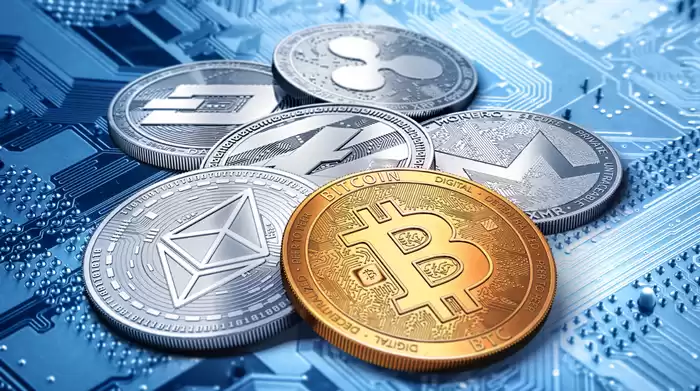
What Is Inflation?
Inflation is a sustained increase in the general price level of goods and services in an economy over time. It is measured by the rate of change in an index, such as the consumer price index (CPI), over time. Inflation can be caused by a number of factors, including:
- Increased demand: When demand for goods and services exceeds supply, prices can rise. This can be caused by a number of factors, such as a growing population, rising incomes, or increased government spending.
- Decreased supply: When the supply of goods and services decreases, prices can rise. This can be caused by a number of factors, such as natural disasters, trade disruptions, or government policies that restrict production.
- Increased money supply: When the money supply increases, it can lead to inflation. This can occur when the central bank prints more money or when banks lend out more money.
There are a number of potential consequences of inflation, including:
- Reduced purchasing power: When inflation occurs, the value of money decreases. This means that people can buy less with the same amount of money.
- Increased interest rates: Central banks often raise interest rates in an attempt to combat inflation. This can make it more expensive for businesses to borrow money, which can lead to slower economic growth.
- Social unrest: Inflation can lead to social unrest, as people become frustrated with their declining purchasing power. This can lead to protests, strikes, and even riots.
Inflation is a complex economic phenomenon that can have a significant impact on individuals and businesses. It is important to understand the causes and consequences of inflation in order to make informed decisions about how to manage it.
How Inflation Works
Inflation is measured by the rate of change in a price index. The most common price index is the consumer price index (CPI), which measures the average price of a basket of goods and services purchased by consumers. The CPI is calculated by the Bureau of Labor Statistics (BLS).
The BLS surveys businesses and households to collect data on the prices of goods and services. This data is used to calculate the CPI. The CPI is a weighted average, which means that it gives more weight to goods and services that are purchased more frequently.
The CPI is a widely used measure of inflation. However, it is important to note that there are other measures of inflation, such as the producer price index (PPI) and the GDP deflator.
Causes of Inflation
There are a number of factors that can cause inflation, including:
- Increased demand: When demand for goods and services exceeds supply, prices can rise. This can be caused by a number of factors, such as a growing population, rising incomes, or increased government spending.
- Decreased supply: When the supply of goods and services decreases, prices can rise. This can be caused by a number of factors, such as natural disasters, trade disruptions, or government policies that restrict production.
- Increased money supply: When the money supply increases, it can lead to inflation. This can occur when the central bank prints more money or when banks lend out more money.
Consequences of Inflation
Inflation can have a number of consequences, including:
- Reduced purchasing power: When inflation occurs, the value of money decreases. This means that people can buy less with the same amount of money.
- Increased interest rates: Central banks often raise interest rates in an attempt to combat inflation. This can make it more expensive for businesses to borrow money, which can lead to slower economic growth.
- Social unrest: Inflation can lead to social unrest, as people become frustrated with their declining purchasing power. This can lead to protests, strikes, and even riots.
How to Manage Inflation
There are a number of ways to manage inflation, including:
- Monetary policy: Central banks can use monetary policy to control the money supply. By raising interest rates, central banks can make it more expensive for banks to lend out money, which can help to reduce inflation.
- Fiscal policy: Governments can use fiscal policy to control the amount of money in circulation. By raising taxes or reducing government spending, governments can reduce the money supply, which can help to reduce inflation.
- Supply-side policies: Governments can also use supply-side policies to increase the supply of goods and services. This can help to reduce inflation by increasing competition and lowering prices.
Conclusion
Inflation is a complex economic phenomenon that can have a significant impact on individuals and businesses. It is important to understand the causes and consequences of inflation in order to make informed decisions about how to manage it.
Disclaimer:info@kdj.com
The information provided is not trading advice. kdj.com does not assume any responsibility for any investments made based on the information provided in this article. Cryptocurrencies are highly volatile and it is highly recommended that you invest with caution after thorough research!
If you believe that the content used on this website infringes your copyright, please contact us immediately (info@kdj.com) and we will delete it promptly.
- Whales, Trump Coin, and Crypto: A New York Minute on What's Hot (and What's Not)
- 2025-09-27 10:25:17
- SWIFT Tests On-Chain Messaging with Linea: A New Era for Global Finance?
- 2025-09-27 10:25:17
- Binance Coin, WLFI, Crypto Presales: Decoding 2025's Hottest Trends
- 2025-09-27 10:45:15
- MoonBull, Crypto, and Snek Cheems: Navigating the Meme Coin Mania in 2025
- 2025-09-27 10:30:02
- Dogecoin's Rocky Road: Resistance and Price Decline - What's Next?
- 2025-09-27 10:45:15
- Meme Coins: Will Dogecoin and Shiba Inu Ever See Another Boom?
- 2025-09-27 10:50:01
Related knowledge
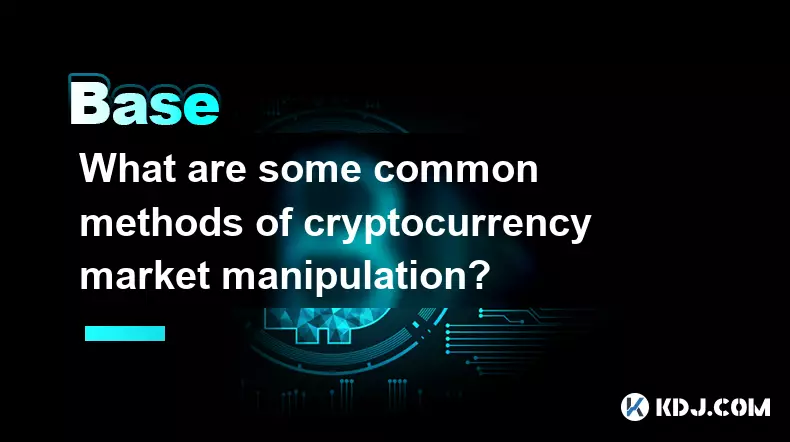
What are some common methods of cryptocurrency market manipulation?
Sep 27,2025 at 02:55am
Wash Trading and Its Impact on Market Perception1. Wash trading involves an individual or entity simultaneously buying and selling the same cryptocurr...
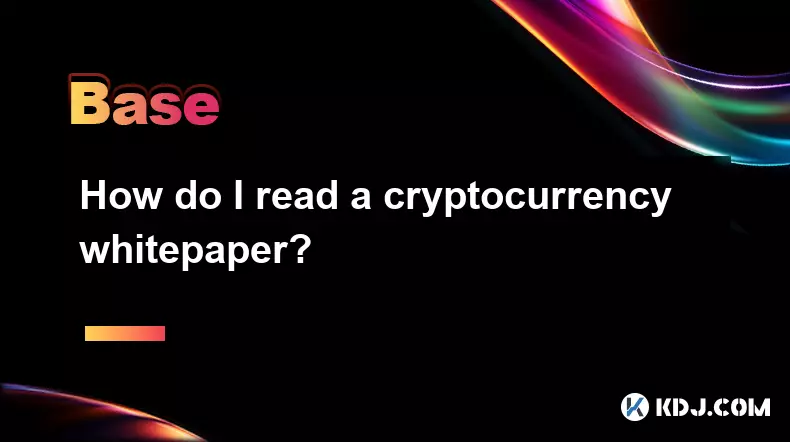
How do I read a cryptocurrency whitepaper?
Sep 27,2025 at 05:54am
Understanding the Structure of a Cryptocurrency Whitepaper1. Begin by identifying the executive summary, which outlines the project’s core vision and ...
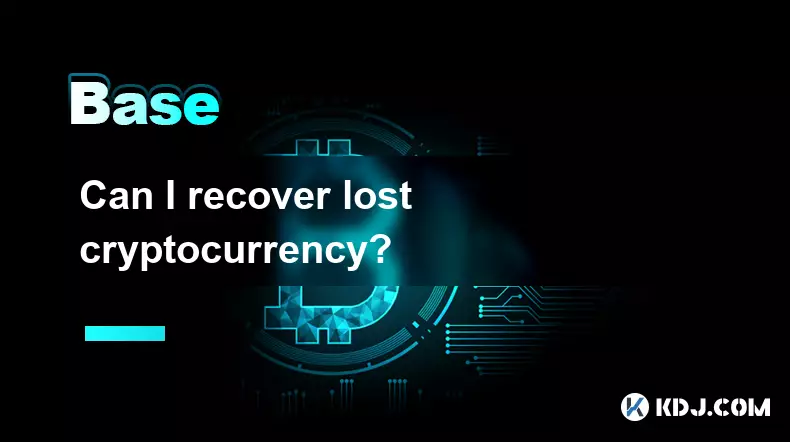
Can I recover lost cryptocurrency?
Sep 25,2025 at 08:18am
Understanding the Nature of Cryptocurrency Loss1. Cryptocurrency operates on decentralized networks, meaning there is no central authority to reverse ...

How can I earn passive income from cryptocurrency?
Sep 23,2025 at 10:18am
Staking Cryptocurrencies for Regular Returns1. Many blockchain networks operate on a proof-of-stake (PoS) consensus mechanism, allowing users to earn ...
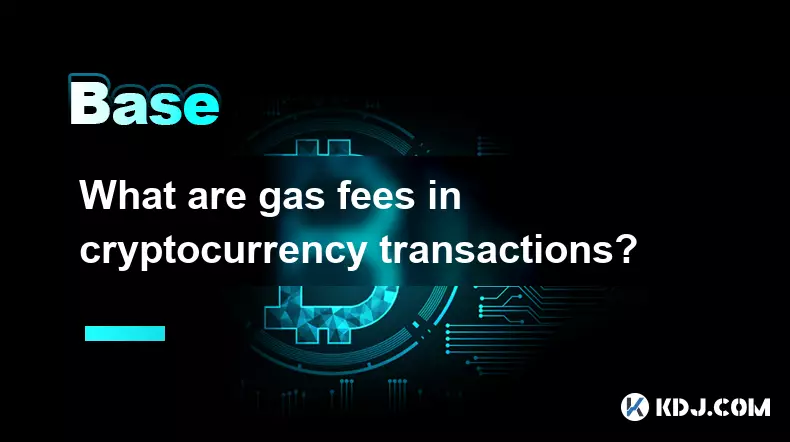
What are gas fees in cryptocurrency transactions?
Sep 26,2025 at 02:00am
Understanding Gas Fees in Blockchain Transactions1. Gas fees are payments made by users to compensate for the computing energy required to process and...
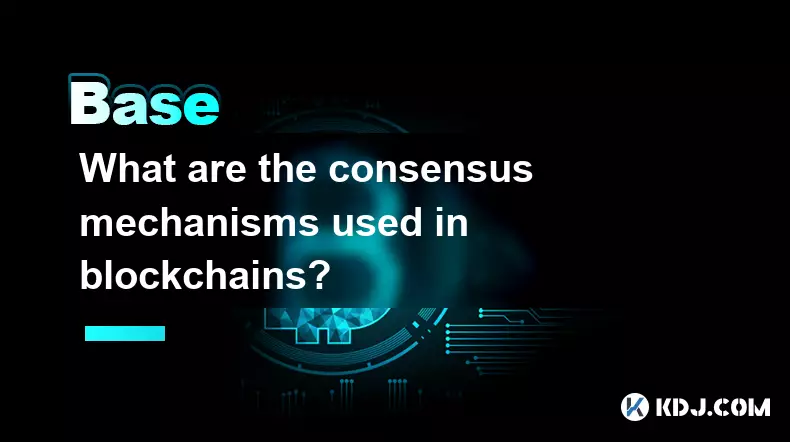
What are the consensus mechanisms used in blockchains?
Sep 24,2025 at 10:00am
Proof of Work and Its Role in Blockchain Security1. Proof of Work (PoW) is one of the earliest consensus mechanisms, first implemented by Bitcoin. Min...

What are some common methods of cryptocurrency market manipulation?
Sep 27,2025 at 02:55am
Wash Trading and Its Impact on Market Perception1. Wash trading involves an individual or entity simultaneously buying and selling the same cryptocurr...

How do I read a cryptocurrency whitepaper?
Sep 27,2025 at 05:54am
Understanding the Structure of a Cryptocurrency Whitepaper1. Begin by identifying the executive summary, which outlines the project’s core vision and ...

Can I recover lost cryptocurrency?
Sep 25,2025 at 08:18am
Understanding the Nature of Cryptocurrency Loss1. Cryptocurrency operates on decentralized networks, meaning there is no central authority to reverse ...

How can I earn passive income from cryptocurrency?
Sep 23,2025 at 10:18am
Staking Cryptocurrencies for Regular Returns1. Many blockchain networks operate on a proof-of-stake (PoS) consensus mechanism, allowing users to earn ...

What are gas fees in cryptocurrency transactions?
Sep 26,2025 at 02:00am
Understanding Gas Fees in Blockchain Transactions1. Gas fees are payments made by users to compensate for the computing energy required to process and...

What are the consensus mechanisms used in blockchains?
Sep 24,2025 at 10:00am
Proof of Work and Its Role in Blockchain Security1. Proof of Work (PoW) is one of the earliest consensus mechanisms, first implemented by Bitcoin. Min...
See all articles










































































